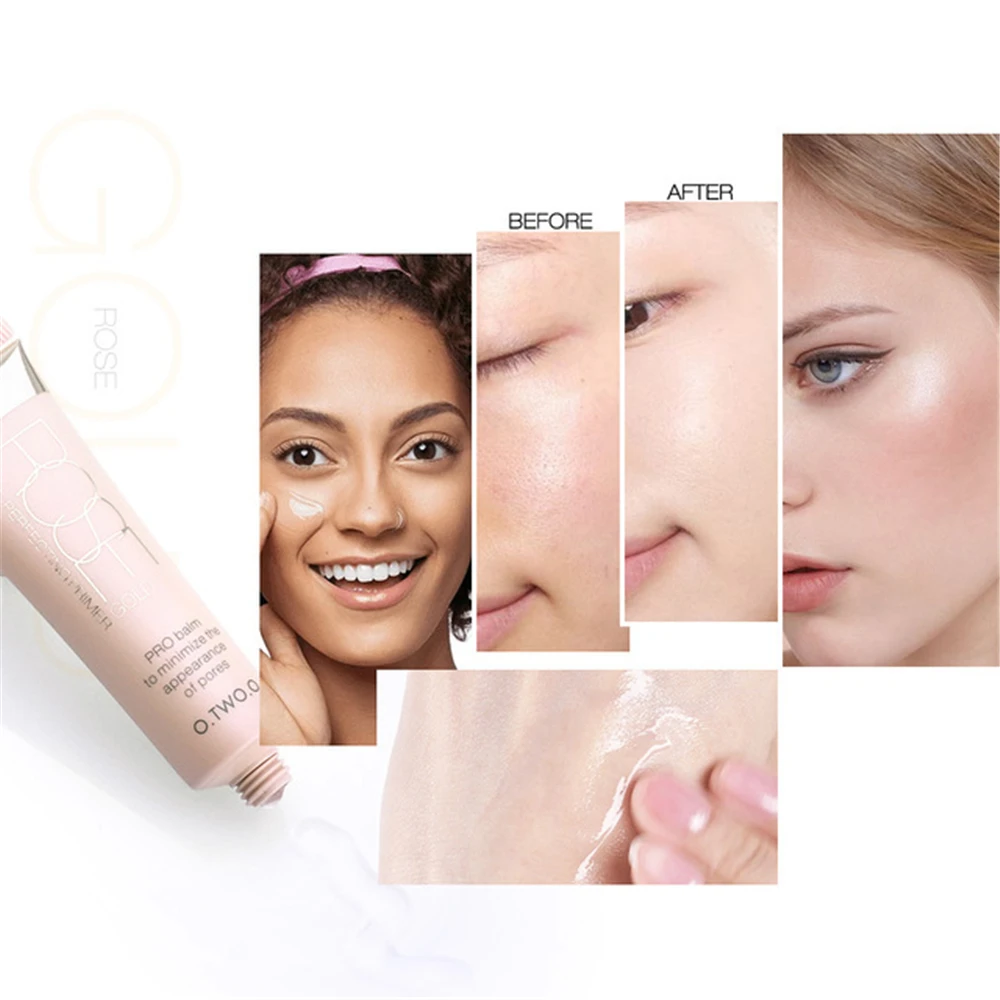

- #DXO PHOTOLAB 2 SMOOTH FACES PRO#
- #DXO PHOTOLAB 2 SMOOTH FACES CODE#
- #DXO PHOTOLAB 2 SMOOTH FACES ISO#

The second is the Topaz DeNoise AI result, and finally the PhotoLab 4 DeepPrime image. The first is the processed image with zero noise reduction applied. The Resultsīelow are the three comparison images. I repeated the test on over a dozen files with varying level of noise – the results were similar on all of the files I tried. It was taken on a Nikon D500 taken at ISO6400 in a fairly low-light setting (in the shade) typical of wildlife photography. I then sent the file to DeNoise AI as a TIFF file to perform the noise reduction and sharpening.īelow is one of the test photos I used. I then adjusted the exposure, colour, etc in Lightroom to produce a finished photo.įor the Topaz DeNoise test I opened the same RAW file in Lightroom and applied exactly the same exposure and colour corrections to the file (making sure noise and sharpening was set to zero). dng file with only the optical corrections and noise reduction applied. To test PhotoLab 4 I opened the image as a RAW file and set the best settings for Noise Reduction and Sharpening. To make sure each result is rendered to look the same I have used the following workflow: It is tricky to test the results from two different applications as slight differences in processing (colours, contrast, etc) can change how we perceive the noise in a photo.


#DXO PHOTOLAB 2 SMOOTH FACES ISO#
How well does the noise reduction work with both programs on high ISO images? Make sure your camera is supported before you buy. PhotoLab 4 DeepPrime only works on raw images. Important: This article assumes you are working on RAW image files.
#DXO PHOTOLAB 2 SMOOTH FACES CODE#
If you want to check out Topaz DeNoise you can get a free trial from Use code SQUAREPIXEL to get 15% off any Topaz purchase. You can purchase PhotoLab 4 from DxO via this link Today (21st October, 2020), DxO has released PhotoLab 4 with a new ‘DeepPrime Noise Reduction’ that promises ‘a revolutionary demosaicing and DeNoise technology based on artificial intelligence and trained with deep learning.’ĭespite me cringing at the use of the ‘Artificial Intelligence’ mantra (hint: it isn’t Artificial Intelligence, it IS deep learning), I have put DeepPrime to the test with a Topaz DeNoise vs DxO PhotoLab DeepPrime shootout. This comes at noĪdditional cost to you and helps us keep this site going. PhotoLab 2 will also have DxO’s powerful PRIME denoise tool, which does require a longer processing time than regular denoising, though it’s now four times faster than when first introduced.Heads up: This article may contain affiliate links and Square Pixel Photography may earnĪ small commission if you make a purchase after clicking on these links. Lens correction profiles are applied automatically using the shooting information embedded in the camera’s image files, and to date DxO has produced profiles for 42,000 different camera/lens combinations. Other DxO PhotoLab features remain the same. These are special camera calibration profiles which can be used as part of an overall colour management workflow by photographers who need very accurate end-to-end colour rendition, a reflection of DxO’s ongoing drive towards technical accuracy. The new version eliminates the ‘halo’ effect you could sometimes get around object outlines if the adjustment was pushed too far, and can be applied to the image as a whole or selected areas.ĭxO has also added DCP color profile support to PhotoLab 2. The Organize panel in the previous version was a simple folder browser, but that’s been replaced by a new PhotoLibrary panel which includes both a folder display and a new image search tool.ĭxO's updated ClearView technology can improve contrast in hazy landscapes (top) and in flat-looking images (above) without ugly edge halos. What’s new in DxO PhotoLab 2ĭxO has updated the PhotoLab interface to accommodate the new photo organising features.
#DXO PHOTOLAB 2 SMOOTH FACES PRO#
The quality of the raw conversions and lens corrections in DxO Optics Pro was already outstanding, but the rapidly developing features in DxO PhotoLab have promoted it from a powerful but specialised tool into a very interesting mainstream photo-editor. It also makes the DxO Analyzer kit used by Digital Camera World in camera tests. Behind the scenes, DxO technology has been incorporated into 400 million devices to date. It specialises in optical analysis and lens corrections, and in processing raw image data to extract the maximum possible quality. That’s very exciting because DxO is a big name in optical science. DxO's Smart Lighting technology can optimise highlight and shadow reproduction automatically.


 0 kommentar(er)
0 kommentar(er)
